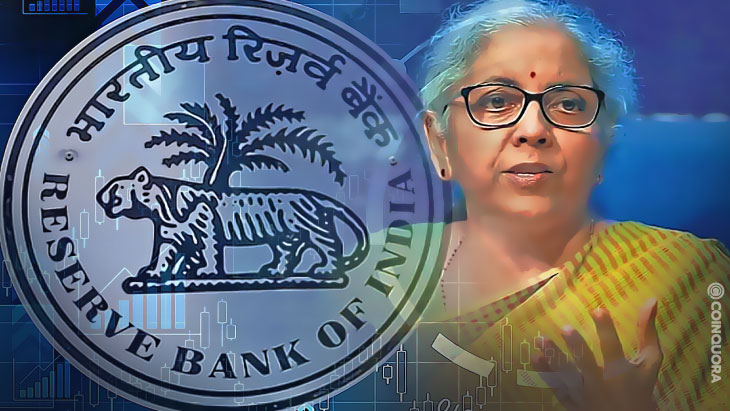Regulation News
- RBI is working on a blockchain-based digital rupee currency.
- The cryptocurrency ecosystem can present other methods of payment to the country.
- Since the restart, Terra’s new LUNA has fallen by 70%.
In February, India’s finance minister Nirmala Sitharaman revealed that the RBI will create a blockchain-based digital rupee. India’s Finance Bill of 2022 included the amendment of the Reserve Bank Of India’s (RBI’s) Act 1934. The legislation looks to provide a legal framework for the upcoming digital rupee.
Rabi Sankar, the deputy governor of the RBI, has stated that there is nothing digital money can’t do. However, the debate now isn’t whether to use digital currency. It’s about how to implement it. The deputy governor was attending a webinar on CBDC when he made this statement.
Additionally, Rabi Sankar also added that the CBDC’s main function is to make financial payments.“Cost and time efficiency can be improved in the existing model of correspondent banking,” the deputy governor added.
Sankar also went on to say that RBI wants its CBDC to produce “minimal or no disruption.” The deputy governor’s comment comes after the central bank published a report on the possibility of launching a digital version of the rupee. Reportedly, the other risk would be that CBDC could impact the demand for deposits in the banking system and impact banks’ ability to raise deposits and create credit in the banking system, thereby increasing the cost of credits.
On a related note, the Terra Classic (USTC) and Luna Classic (LUNC) debacle is boosting advocates for central bank digital currencies (CBDCs), who claim that their inbuilt stability outweighs any advantages of so-called stablecoins, algorithmic or otherwise.
Since the launch of Terra 2.0, new LUNA has seen a downward sentiment in a range of 70 percent. The value of the new LUNA was about US$6 on Monday morning Asia time, having recently risen to US$18.87 following the release of the Terra 2.0 blockchain on Saturday.


